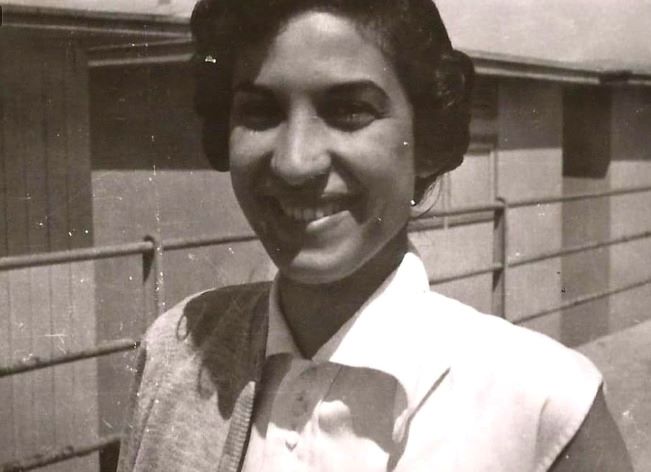
Born on October 13, 1925, Samiha Hasanin is the ‘queen of designing Arabic book covers’
By Ashraf Aboul-Yazid
Samiha Hasanin is the queen of designing Arabic book covers, according to the title given to her by the writer Safi Naz Kazem, who is the main source for most of what we know about this pioneering artist, whether in what the designer, researcher, and writer Mahmoud Al-Husseini wrote in (Design Warehouse), who takes it upon himself to document this art, or most of the other references mentioned in this chapter.
Mahmoud Al-Husseini believes that writing on the history of Arab graphic design can be considered to be in its infancy. Yet a simple involvement through research in that history, with no surprise, reveals how unequally women are represented and acknowledged. The important key figures in what we know about that history appear to be predominantly male. Like most domains, women in history have been marginalized and disregarded both socially and professionally. This takes shape more profoundly in our region. Therefore, a conscious eye looking and investigating that history cannot help but wonder where are the women in our design history? As the field stands now, statistically it is a female space, yet simple analysis of the roles they exist in, reveals that the more up you go on the career ladder, the fewer women you find in senior positions in comparison to men, and that is not necessarily a regional phenomenon, this is happening worldwide.
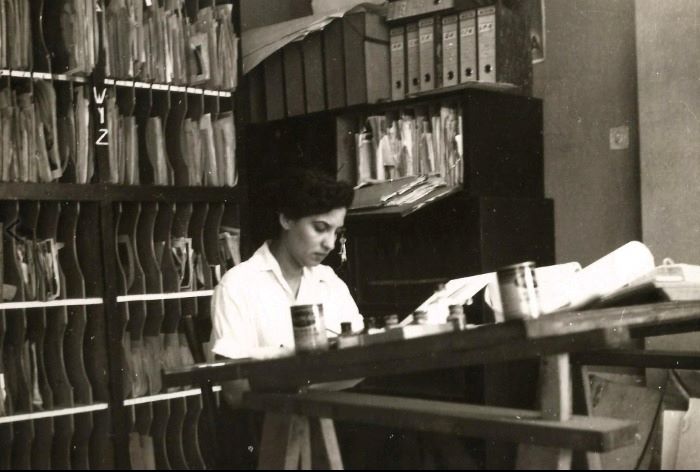
Nonetheless, Mahmoud Al-Husseini writes, it is of grave importance that we are conscious and aware that Arab women have been systematically defaced and rendered invisible for their contributions in that already blurred history, and that is still happening to this day. This quick introduction both aims at acknowledging an underlying implicit bias towards male figures for leadership positions as well as hopes to encourage more people to investigate more women designers and share their stories. It might not be an easy task, as this systematic disregard in documenting and recognizing women happened in their own time and for much more complex reasons at times, yet, we have to deal with this difficulty to ensure an honest, equal, and fair representation of our history.
Mahmoud Al-Husseini has been working on archiving and making available to the public Arabic cover designs so that this archive can be used by students, scholars, and for research and reference purposes. Along that journey, a few female names popped up a few times in some of the covers I am documenting and archiving, but one name kept repeating on many occasions and I couldn’t help but wonder, who is Samiha Hasanin?
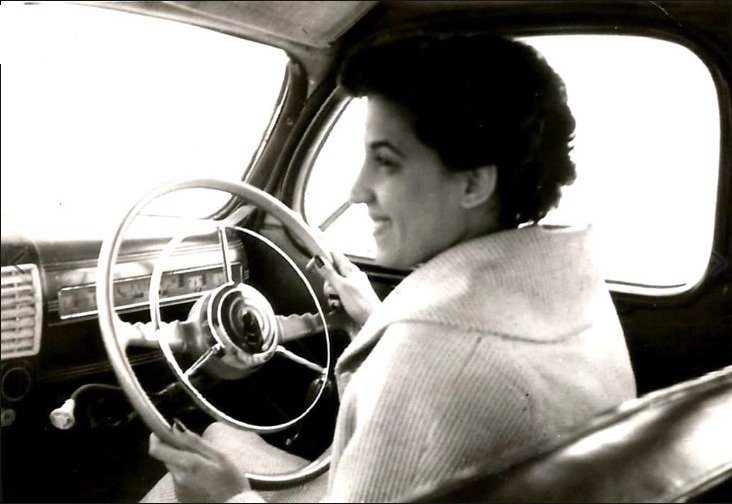
The reality, or the journey of searching for Naguib Mahfouz’s painters led me to the plastic male artists alone, except that Samiha’s signature on some episodes of his long Egyptian story published in series Bein Al-Qasrein (Between the Two Palaces), which was later classified as a novel, made me strive to search behind that name, especially since her paintings accompanying the narration were no less what other artists’ works who drew episodes of the same novel in that certain magazine itself. This discovery also made me search for the secret of the blackout this feminist suffered, as a feather in the space of Mahfouz’s novelistic galaxy, in whose orbit the stars of plastic artists revolved.
We will know that Samiha Hasanin was a pioneer in drawing book covers at the prestigious Dar Al-Hilal Publishing House, and that her humanitarian paintings engraved her presence in the memories of creative people, including the writer Safi Naz Kazem, who recounted in her blog the early search for Samiha Hasanin, after she published it in (Al-Hilal). In addition to dedicating an interview article about her in the weekly (Nisful-Dunya), it became one of the chapters of her book (The Making of Gentleness), and thus Safi Naz became the main reference for not forgetting the legacy of the pioneering artist, which attracted websites specializing in design to document her work.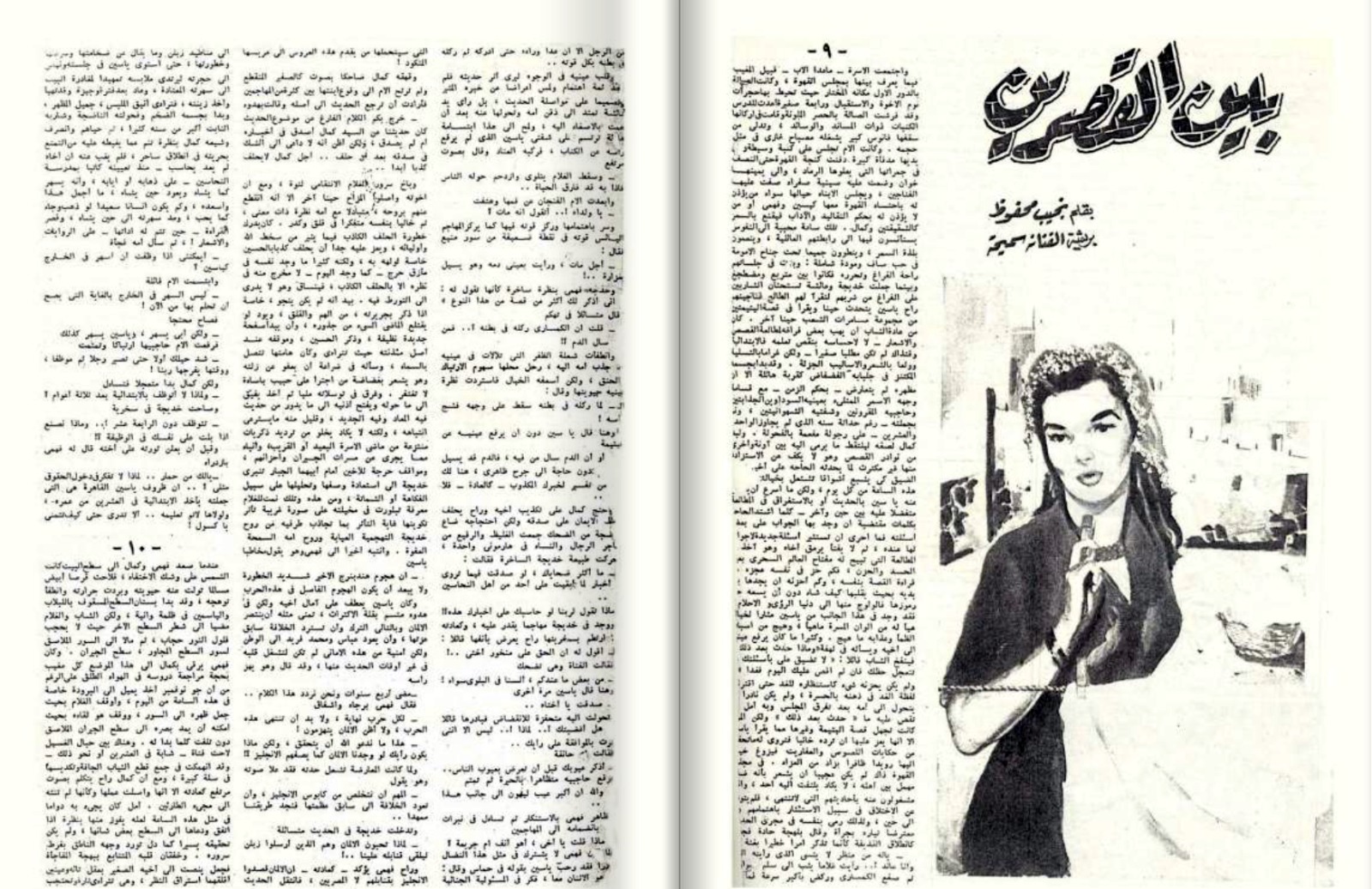
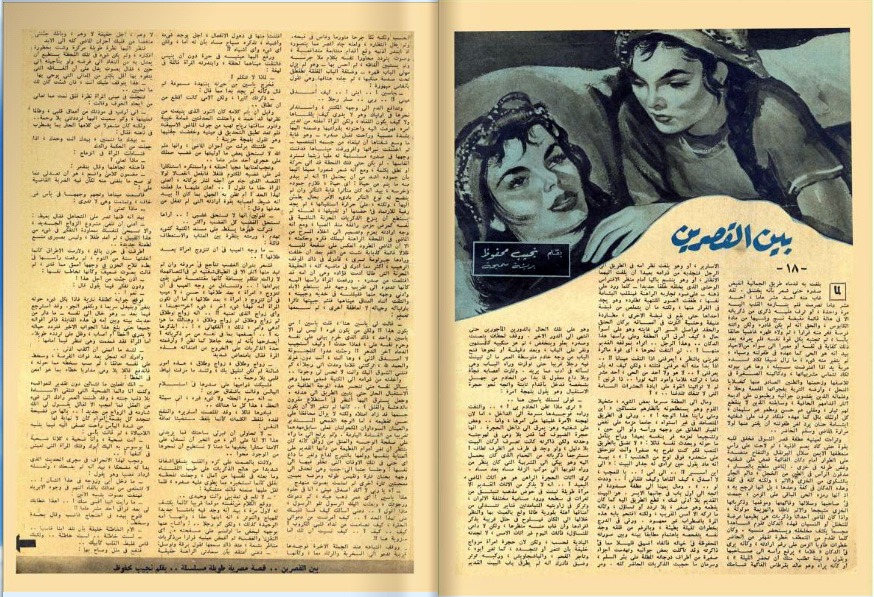
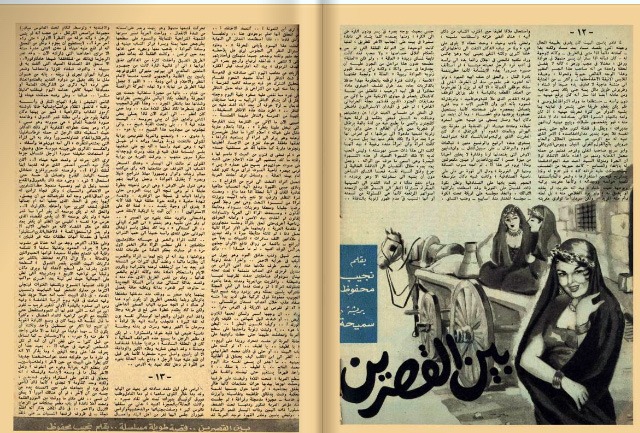
The pioneering artist obtained a Bachelor of Arts and worked as a teacher, after which she studied painting at a private arts academy
Safi Naz says: “The pioneering journalist illustrator “Samiha” has been the queen of cover painting art for half a century, and I have been in love with her drawings ever since I became aware of my taste and love for art. The image of that beautiful, crying girl that “Samiha” painted has never faded in my memory since I was ten years old. It occupied an entire page of a translated story entitled “The Orphan” in Al-Hilal magazine between 1947 and 1948 (A story by Helmi Morad, Al-Hilal, page 132, December, 1948).
The writer continues: “My eyes became attached to the picture that aroused my passion, so I read the story, looking between each line and another, deeply moved, at the sad, expressive face that Samiha had drawn for the little heroine who had to prove her worth in bearing the responsibilities of the household after the death of her mother. I united with her. The tearful eyes and I tried to emulate them. More than half a century now, and the painting in my memory has not faded.
The drawings of two women painters: “Samiha Hasanin” and “Aziza Eid” used to attract readers’ attention. Safi Naz and her friends would follow them, talk about them, and announce the results. Which is better this time: “Samiha” or “Aziza”? They used to love the romance of “Aziza” and her busy lines like lace and the letters of her name that she draws are stretched and lost, their endings are like fading smoke, but Safi Naz decided her position and declared her complete bias towards “Samiha” and she said to her sisters and friends:
“Look at her lines, in which delicate romance, vibrant vitality and overpowering presence combine, and then this elegant harmony in her signature, in which her name appears smiling, is truly “Samiha,” in short, simple, and sweet.”
Safi Naz Kazem adds:
“Samiha’s drawings have accompanied me as a child, a teenager, and a youth until the present time. I searched for her, yearned for her, and got to know her; I couldn’t see a drawing of hers and not stop me. Samiha was distinguished by mostly drawing sweet faces centered on eyes, sweet and captivating, whether sad or joyful, serious or elusive, thoughtful or distracted, a feather that has dedicated itself to brilliance and handsomeness that cannot bear to be extinguished and is not good at being ugly.”
Samiha Hasanin was born on October 13, 1925. The pioneering artist obtained a Bachelor of Arts and worked as a teacher, after which she studied painting at a private arts academy that was located in Mustafa Kamel Square, before it was destroyed by the Cairo fire 72 years ago (January 26, 1952). Then Samiha, a young woman in her early twenties, joined Dar Al-Hilal to devote her career as a journalistic painter, and she, along with Aziza Eid – the daughter of the theater icon Aziz Eid and the artist Fatima Rushdi – may be the first two Egyptian women to break into this path in the Egyptian press, and to gain leadership in it.
Samiha Hasanin talks to Safi Naz in Nisful-Dunia magazine:
“I am truly a student of the artist Mounir Kanaan. He helped and guided in ways to mature my talent. He is a great artist and a great professor. When I started at Dar Al Hilal, I worked in everything, in the printing press, advertising, and editorial. I did not refuse any assignment. The artist Gamal Kamel was with us, and when they asked him to draw for advertising department, he refused to illustrate advertisements, and joined Rose Al-Youssef magazine. For me, it didn’t make any difference. I started drawing in the advertisements and excelled, and they started asking for me by name, and at the end of the year I was rewarded with a few pounds…”
I believe that she mentioned Kanaan in Nisful-Dunia magazine, as its editor – in – chief was Sanaa El-Baisy, his wife, who was also an artist but decided to devote herself to journalism, otherwise we would talk about her talent, and we will not drop her call to Naguib Mahfouz to note down his dreams, and sent them to be illustrated by Mohammed Heggi, in her magazine.
Samiha Hasanin describes herself: “I am an introvert; I do not seek to establish connections and relationships. Withdrawing from the lights and crowds, cowardly, I took the slap from school teacher and remained silent. I only draw. My happiness is in drawing, silence and disappearance…”
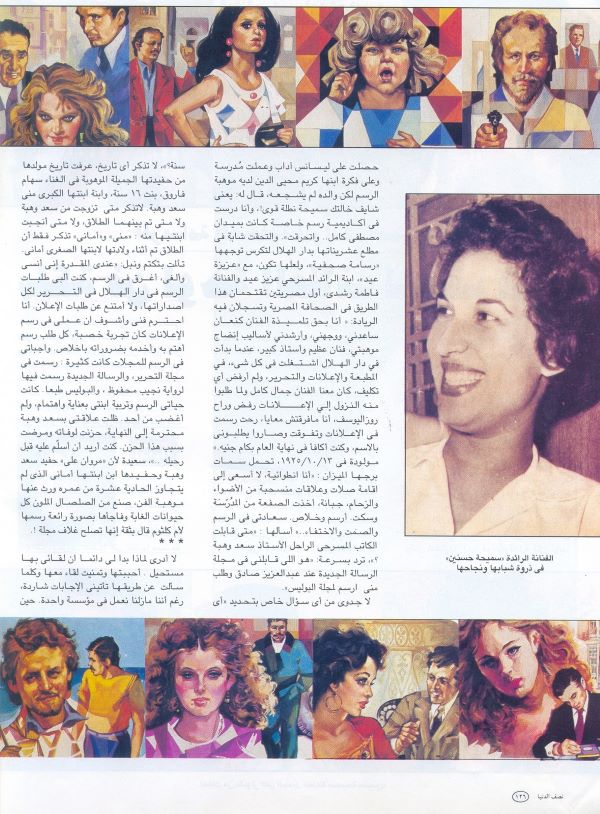
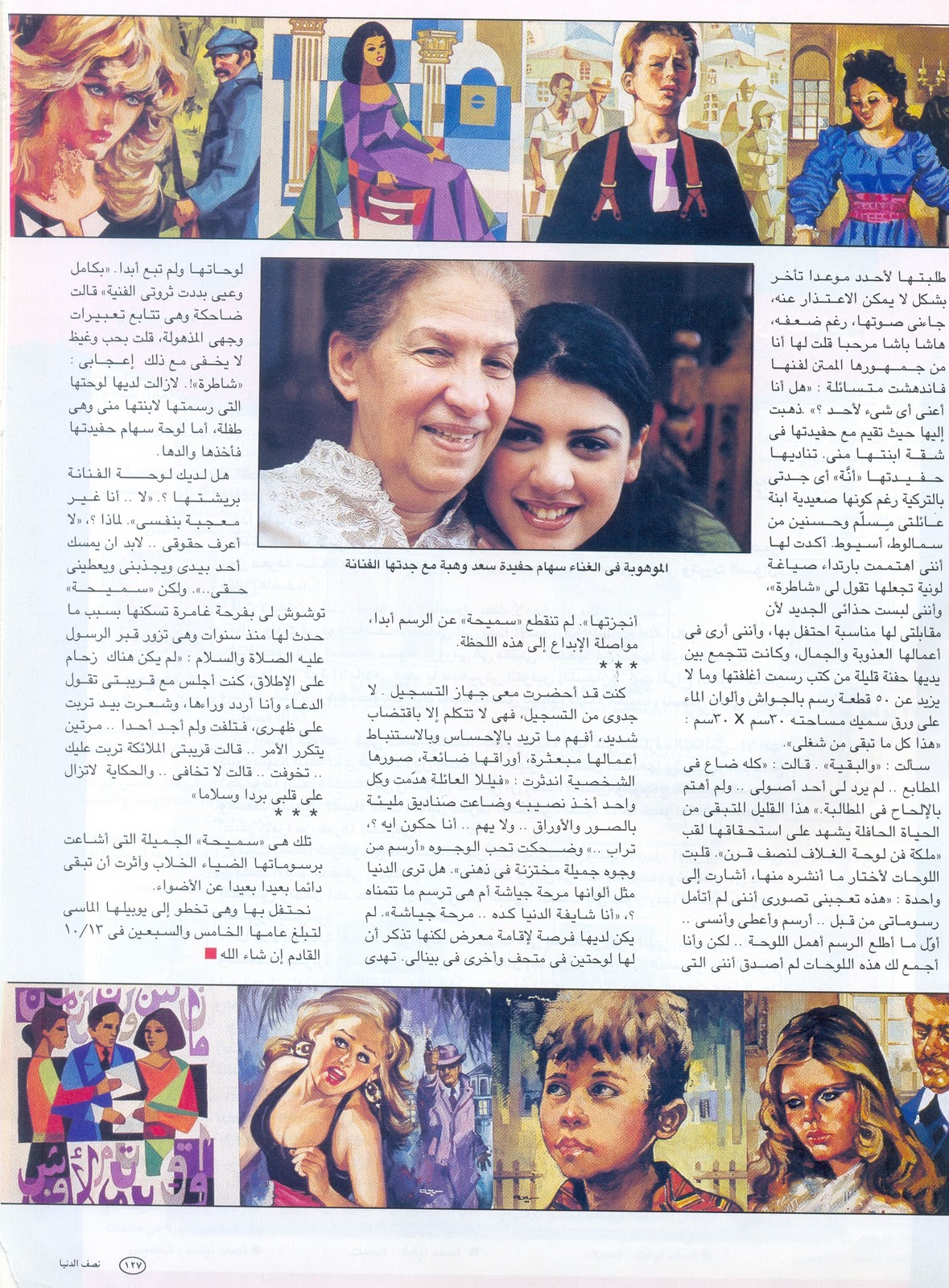 Responding to Nisful-Dunia magazine’s inquiries about her marriage:
Responding to Nisful-Dunia magazine’s inquiries about her marriage:
“When did you meet the late playwright, Saad Wahba?”
She quickly replied: “He is the one who met me in the magazine “Al-Resalah Al-Jadeedah (The New Message)” at the office of Abdul Aziz Sadiq (the editorial secretary at the time) and asked me to draw for the Police magazine.” Samiha Hasanin does not remember when she married Saad al-Din Wahba, or even when they divorced, or when she gave birth to her two daughters from him, “Mona” and “Amani.” She only mentions that the divorce took place during the birth of her youngest daughter, Amani.
She suffered discreetly and nobly:
“I have the ability to forget and become immersed in drawing. I used to accept drawing requests at Dar Al-Hilal in editorial for all its publications, and I do not refrain from advertising requests. I respect my art and see that my work in drawing advertisements was a fertile experience. Every drawing request I take care of and serve its necessities faithfully. My duties were making many drawings for magazines; I drew for “Al-Tahrir” magazine, and “Al-Resalah Al-Jadidah (The New Message),” in which I drew Naguib Mahfouz’s novel, and “Police,” of course. My life was drawing and raising my two daughters with care and attention, and I did not get angry with anyone. My relationship with Saad Waba remained respectful until the end. I was saddened by his death and became ill because of this sadness. I wanted to say a farewell before he passed away.”
She was happy because Marwan Ali, Saad Wahba’s grandson, and her grandson, her daughter Amani’s son, who was no more than eleven years old (when the interview was published), inherited her talent in art, and made all the forest animals from colored clay. He once surprised her with a wonderful picture he had drawn for Umm Kulthum. He confidently said that it would be perfect for the cover of a magazine.
Safi Naz Kazim says: “I don’t know why it always seemed to me that meeting her was impossible – I loved her and wished to meet her, and whenever I asked about her path, I received vague answers, even though we still work in the same publishing house.
Journalist Amir Abaza – head of the Alexandria Film Festival – who was close to Saad El-Din Wehbe at the Cairo Film Festival, and Wahba gave Amir his personal memoirs. Amir believes that the most glamorous and shining section in the file is the talk of his two daughters (Amani and Mona) about their mother, the artist, the late Samiha Hasanin… the pioneer of journalistic drawing and covers at Dar Al Hilal, who was blacked out in the media with premeditation on behalf of Wahba’s second wife, to the point that press websites deliberately hide Samiha’s name, as journalist Rodina Taher says, continuing, even though this virtuous lady is Samiha. Hasanin was the first step in Saad El-Din Wahba’s journey, through which he met the writer Ihsan Abdel Quddus, and entered the “Rosal Youssef” Publishing House.
In her memoirs, Amani says: “I was born in the absence of my father, who got married and my mother was pregnant with me. I did not live with him in the same house. My sister, Mona, who is older than me, was almost three years old. Despite this, when we began to grow up and understand what happened in details, but I do not remember a day our mother spoke about him in front of us in an inappropriate way. Rather, she was careful to keep his pure image in front of us and not be scratched.
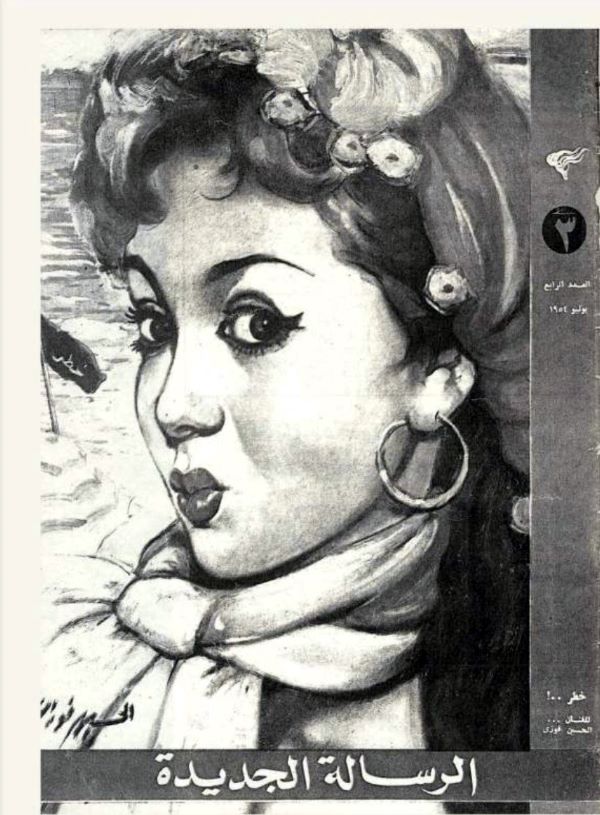
Over the course of half a century, the paintings of the artist Samiha Hasanin shone on the covers of Al-Hilal magazine, Al-Hilal novels, and the Al-Hilal book series, and yet she was forgotten even before her passing.
On the other hand, Amani continued, the “other woman” was able to competently play the role of the stepmother, with all the frightening meanings that this word carries. She succeeded in marginalizing my mother, but she also failed in aptly to keep him away from me and my sister, despite the fierce and desperate attempts, because as a testimony to history and before God, Saad al-Din Wahba was a very caring father to us. He did not fail to take into account anything related to us, in all stages of our lives. He spent on us in a way that pleased God, despite the machinations, intrigues, and women’s conspiracies; we were the most precious thing in his life. If he wanted to swear in front of someone about something, he would swear “by the dearness of his daughters” and he was honest. We did not feel any coldness from him once, and if my mother was keen for him to remain in this “imminent” frame in front of us, he also had the same respect for her, and did not speak about her in front of us except in the best way, and apart from Samiha Hasanin, my mother was a kind and contented woman, more like princesses in legendary stories.”
Over the course of half a century, the paintings of the artist Samiha Hasanin shone on the covers of Al-Hilal magazine, Al-Hilal novels, and the Al-Hilal book series, and yet she was forgotten even before her passing.
In another “chat,” her second daughter, Mona, said: “This woman was only occupied with her art. She was very simple. She did not exchange hate for hate, nor conspiracy for conspiracy. She closed her house to herself and her two daughters, and did not descend into the swamp of foolishness that the other parties were practicing against her. It is enough that she left life quietly and peacefully, and all that remained of her was her beautiful biography and fine art, as if fate was returning to her the own stolen rights through what we read these days on Facebook and social networking sites, and the exchange of accusations and the exchange of issues and pictures!
Another example in which we find a rare and questioning reference to pioneering art is the Arab Design Archive, which seeks to provide more equitable and open spaces for all.
Arab design is an unexplored space due to the absence of effective mechanisms in documenting the history of Arab art and its pioneers, as in Yaman Tohme’s article, and the archive was found. Through his research on the work of Egyptian designer Samiha Hasanin, who despite her pioneering in designing Arabic covers, her presence is completely absent on digital and physical platforms. In addition to the absence of documentation of pioneering Arab designers, we find the absence of women more profound, despite the abundance of their productive works.
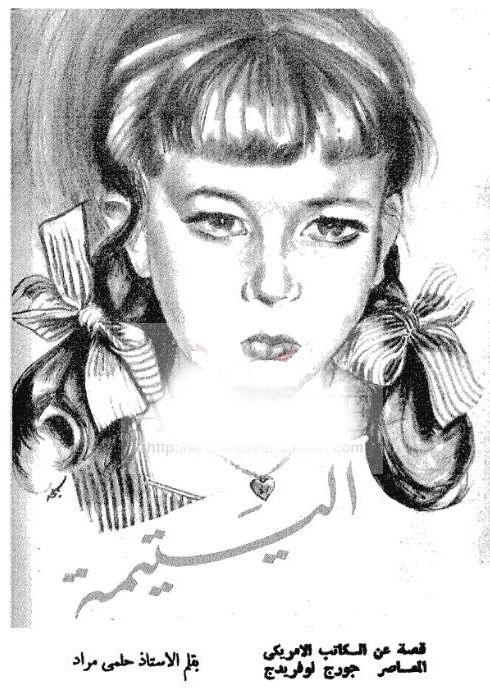
Since Samiha Hasanin joined Dar Al-Hilal in 1947, she has worked there for half a century, designing extensive collections of book covers and illustrations, in a clear style of using geometric shapes that has developed over the years is evident from her work.
In (Raseef 22), Amal Magdy writes about Saad El-Din Wahba’s memoirs, “Days of My Life,” who decided “for his life to go the way he wanted, so he took off the officer’s uniform and practiced writing that he loved. He did not look for women lurking in the shadows to be associated with, but rather preferred to be associated with two successful women with tangible creative imprints: the first is the visual artist Samiha Hasanin, one of the pioneers in the field of cover design and illustrations for publications, and the second is the actress Samiha Ayoub, who has a stunning appearance and powerful performances on stage.”
We will know later that Mahfouz would be a common denominator between Saad Wahba and the two women in the first half of the sixties of the last century, after he had established himself in the theater and his successes attracted the attention of filmmakers, so producer Ramses Naguib hired him to write the scripts for a number of films, including “Al Medaq Alley.”
Also read: Sally El-Zeiny strengthens image of painter woman in Egyptian and Arab arenas
In early 2000, Safi Naz Kazem obtained Samiha Hasanin’s phone number from the house’s courier who was carrying her artwork to the magazine. When she called Samiha to set an appointment, the artist was unapologetically late, and her voice came to her, despite its weakness, hastily. She told Samiha that she was one of her fans who were grateful for her art. The artist was astonished, wondering: Do I mean anything to anyone:
“I went to her, where she was staying with her granddaughter in her daughter Mona Saad El-Din Wahba’s apartment in Zamalek district. Her granddaughter calls her: Anna, which means my grandmother in Turkish, even though she is an upper-Egyptian daughter of the Muslim Hasanin families from Samalout, Ilmenia. I assured her that I had taken care to wear a color scheme that would make her say, “I am happy!”, and that I had worn my new shoes because meeting her was an occasion to celebrate, and that I saw sweetness and beauty in her works. In her hands there were a small handful of gathered books whose covers she had drawn, and no more than 50 pieces of gouache and watercolor drawings on thick paper 30 x 30 cm: “This is all that remains of my work!”
I asked: “And the rest?”
She replied quietly:
“It was all lost in the printing press…no one returned my original artworks to me and I did not insist on claiming them!”
I flipped through the paintings to choose what to publish from this little remainder of the busy life of someone who deserves the title of “Queen of Cover Painting Art for Half a Century.”
She pointed to one: “I like this one. Imagine that I have never looked at it before. I draw, give, and forget…
As soon as I see it a neglected painting, I collected these paintings for you, I did not believe that I was the one who completed them!”
I laughed!
I had brought my audio recorder with me, but there was no point in recording, as she only spoke very briefly. I understand what she wants by feeling and deduction. Her works are scattered, her papers are lost, and her personal photos are gone:
“The family’s villa was demolished, and everyone took his share. Boxes full of pictures and papers were lost and it doesn’t matter… what will I be? Dust!”
“I draw from beautiful faces stored in my mind.” Did she see the world as its colors, cheerful and vibrant, or did she paint what she wished for? She replies: “I see the world as being so cheerful!”
She did not find the opportunity to hold a special exhibition of her paintings, but she mentions that she has two paintings in a museum and another in a biennial. She gave away her paintings and never sold them. She says, laughing:
“I consciously squandered my artistic wealth!”
When I asked her: Do you have the artist’s self-portrait? She said cheerfully:
“I don’t like myself!”
Ok why?
Communication:
“…I don’t know my rights… Someone must hold my hand and give me my rights in spite of myself!”
Safi Naz concluded: “She filled me with overwhelming joy because of what happened to her years ago while she was visiting the grave of the prophet, peace and blessings be upon him:
“There was no crowd at all. I was sitting with my relative saying the prayers while I was repeating after her. I felt a hand patting me on my back. I turned around and could not find anyone… the same thing happened twice. My relative told me the angels were patting you. She was afraid. She said, ‘Don’t be afraid.’ This is the story.” You remain cold and peaceful in my heart.”
Safi Naz contacted her by phone until she was surprised by the publication of her obituary in Al-Ahram daily newspaper on Thursday, July 1, 2010, with her name written on her birth certificate, “Bahira Hasanin Ali Salem”! She learned from her daughter that Samiha passed away on Tuesday evening and she was taken to her resting place on Wednesday. May God bless her soul, the beautiful Samiha, who spread the beautiful light with her drawings and always chose to stay away from the limelight.
In early April 1954, the first issue of Al-Resalah Al-Jadeedah magazine was published, edited by Youssef Al-Sibai. The magazine began publishing “Bein Al-Qasrein (Between the Two Palaces” by Naguib Mahfouz as a serial Egyptian story. The funny thing is that despite the presence of many illustrators of the issue’s materials, such as Al-Husain Fawzi and Samiha Hasanin, the first illustrations of Mahfouz’s text were by the artist Hassan Mohamed Hassan, who drew the first and second episodes, taking turns drawing the events with them.
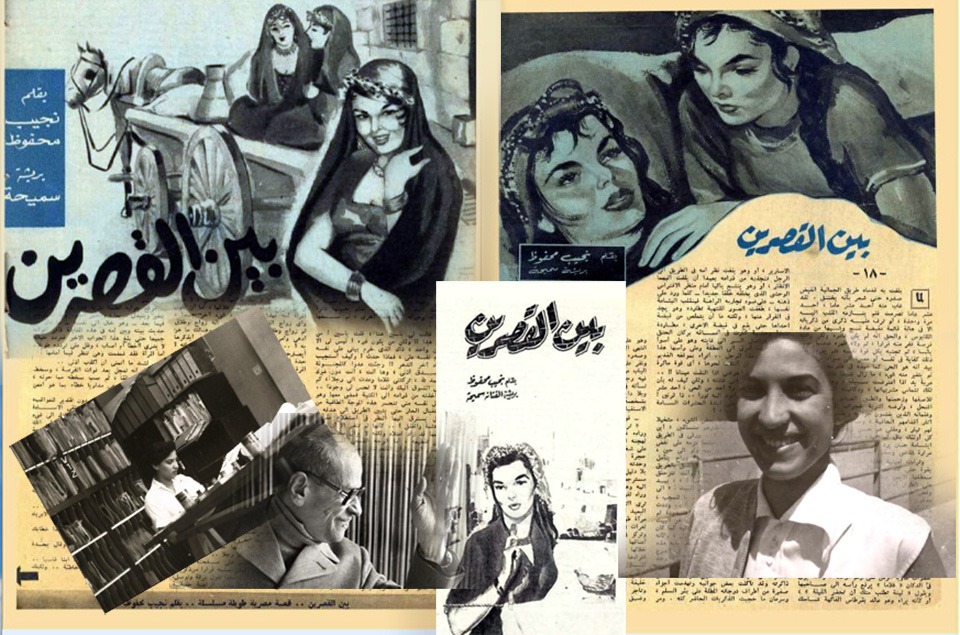 Samiha Hasanin’s warm brush was distinctive in those early years in all of her works
Samiha Hasanin’s warm brush was distinctive in those early years in all of her works
The first drawing presented by Samiha Hasanin in “Al-Resalah Al-Jadidah (The New Message)” appeared in the third issue, dated June 1, 1954, accompanying the text that occupied pages 48-51. Although some of the episodes were unsigned, we can distinguish Samiha’s brush that compiled them, by the innate nature of the female brush, perhaps reserved as her biography indicated, and the knowledge of a young scholar, who began drawing some episodes of (Bein Kasserine) seven years after she joined the professional career at (Dar Al Hilal).
Also read: “A Street in Cairo” by Ashraf Aboul-Yazid published in the Azerbaijani Language
Samiha Hasanin’s warm brush was distinctive in those early years in all of her works, and perhaps we do not discover a radical difference because the three tried to make the accompanying drawings harmonious together, so it feels like a collective work that does not differentiate between the content of the drawings except the freedom of Hassan Muhammad Hassan, and the craftsmanship of Hussein Fawzi, whose paintings are at the forefront covers of ” Al-Resalah Al-Jadidah (The New Message)” then.
Perhaps the viewer of these paintings will confuse them all with what Gamal Qutb’s works that began later, in the covers of Mahfouz’s novels and his inside pages drawings. It is as if we are in front of a single studio for Egyptian women as their models, who are sometimes sexy figures, with dark eyes, and ruthless men, in front of whom the painters sit, presenting with their brushes multiple angles of one model.
[A chapter, in the new edition to be published of my book: (Naguib Mahfouz, the Narrator and the Artist]
____________________
 Ashraf Aboul-Yazid is a renowned poet, writer and journalist of Egypt. He is author of some three dozen books that include poetry collections, novel, travelogue, translations, children’s literature etc.
Ashraf Aboul-Yazid is a renowned poet, writer and journalist of Egypt. He is author of some three dozen books that include poetry collections, novel, travelogue, translations, children’s literature etc.